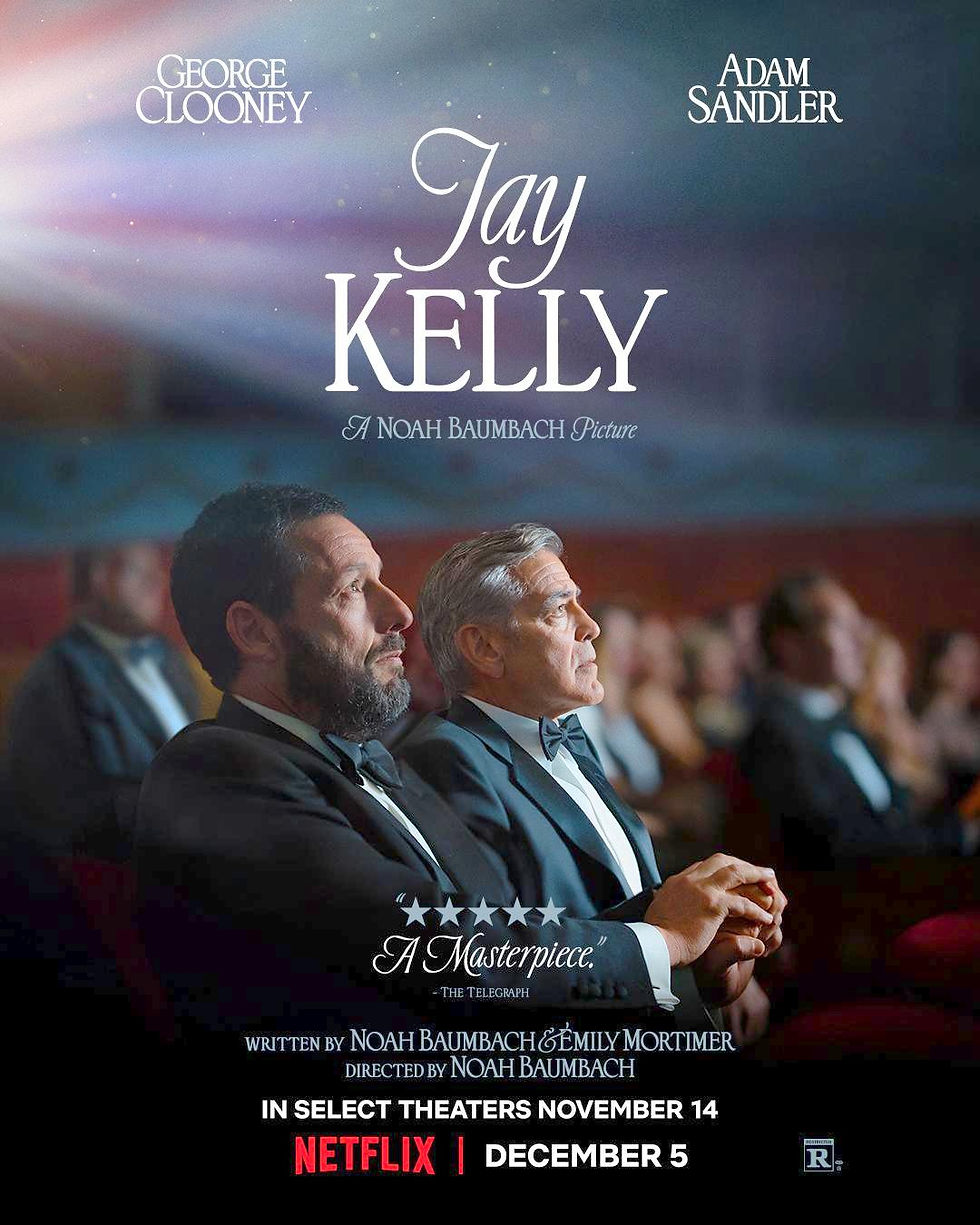The Last Black Man in San Francisco ★★★1/2
- 2filmcritics

- Jan 28, 2020
- 4 min read
Three protagonists, one of them a house
People in hazmat suits picking up litter, pools of dead fish, a preacher who spouts the “truth” that contamination is because of what “we built.” This perplexing scene opens “The Last Black Man in San Francisco," a film that reveals itself cautiously, sometimes playfully and, the preacher notwithstanding, without much preachiness.
Early on two black men approach a Victorian house that needs some loving care. It has distinctive features—a “witch’s hat” peak and fish-scale siding. The stairway railing “should be periwinkle,” one says, curiously. Why should he have an opinion on the color of the railing? The men start painting the trim on the house. A middle-aged white couple shows up. The wife—Mary (Maximilienne Ewalt)—is angry that the men are tampering with what appears to be her house, and she threatens to call the police. “You’ve been here 12 years. You can’t take care of the house,” responds Jimmie, one of the young men. And so we learn that Jimmie (playing himself, Jimmie Fails, also a co-writer) and his friend, Montgomery (Jonathan Majors), are fixing up a house they don’t live in, and don’t own.
Fixing up a house they don’t live in, and don’t own.
On the surface, “The Last Black Man in San Francisco” is about gentrification. Jimmie and Montgomery witness a tour guide outside the house with his clients, all on Segways, talking about the houses that remain after the tear-downs of urban renewal, how the area was once “the Harlem of the West.” The house Jimmie and Montgomery care for ends up vacant because Mary and her sister are fighting over their mother’s inheritance. “That’s what white people do,” says a local by-stander, “they fight about this stuff.”
“That’s what white people do...they fight about this stuff.”
Gentrification is an important theme, but the heart of the film is with Jimmie Fails and his friend, Montgomery. Jimmie has survived, against all odds. His backstory emerges gradually: he once lived in the house; his grandfather—Jimmie Fails I, the “first black man in San Francisco”—built it, he says; his father lost it when he “smoked up” his money; he lived in a group home for a year; his mother, succumbing to drugs, doesn’t really know him; he’s lived in a car for a while and been homeless. Jimmie and Montgomery live with Montgomery’s Grandpa Allen (Danny Glover). They search for a home for themselves in the same way they are searching for meaning to their lives.
Montgomery works in a fish market, but his true vocation is as an artist and playwright. A keen, self-aware observer of his environment, he takes an interest in a gang of black youths who hang out near Grandpa Allen’s home. He writes down their lingo and their rapping; he treats them as actors, and their language will appear in his play. The gang taunts Jimmie and Montgomery—who have menial jobs and the house as their passion—and yet Montgomery listens to them and draws them. Jimmie asks Montgomery why he likes him, and Montgomery replies, “because you care about things.”
Jimmie and Montgomery carve out lives in a world that offers them little and throws up obstacles to their very being. Jimmie cares deeply about the city and especially the house. He says he could’ve been shot in a gang war, “if it wasn’t for the house.” The house defines, shelters, and embraces him, and it gives his life meaning, but it’s also a box that contains and limits him, a powerful myth, tied to the past, that prevents Jimmie from appreciating his talents and finding the path toward a different and better future. As observer, friend and commentator, Montgomery helps Jimmie understand the possibilities of life beyond the house.
The house defines, shelters, and embraces him, and it gives his life meaning, but it’s also a box that contains and limits.
“The Last Black Man in San Francisco” is rife with poignant scenes that tease meaning from the film. In one, Jimmie waits at a fancy urban bus shelter with a man who is naked—except for a cowboy hat. The man is hooted at by a bunch of rowdy, beer-drinking white guys riding by on a faux cable car bus. The naked guy comments, “Oh, what a city,” raising the question, “who is more civil?”. In Grandpa Allen’s house, the friends watch TV with Grandpa, who is blind. Montgomery describes the scenes to him, which the audience doesn’t see either. “I’m already dead…I don’t have much time,” from “D.O.A.” (1949), a reference to the city itself. In response to chippy, whining millennials on yet another city bus, Jimmie says back to them, about San Francisco, “You don’t get to hate it…unless you love it.”
“You don’t get to hate it…unless you love it.”
Director Joe Talbot (portrayed as Montgomery) based the film on his friend Jimmie Fails’s life and the friendship between the two of them. It’s a story beautifully told, full of surprises, skillfully unfolded, a meditation set against a nostalgic soundtrack, including The Mamas & the Papas: “If you’re going to San Francisco… you’re gonna meet some gentle people there.” You will.
Date: 2019
Director: Joe Talbot
Starring: Jimmie Fails, Jonathan Majors, Danny Glover, Maximilienne Ewalt
Runtime: 121 minutes




Comments